Orange zest—a bright, aromatic ingredient derived from the outer peel of oranges—is widely used across the food, cosmetics, and fragrance industries. From bakery products and desserts to essential oils and cleaning agents, orange zest has earned its place as a global commodity. With the rising popularity of natural flavoring agents and the health-conscious shift away from artificial additives, demand for orange zest has grown substantially.
But which country leads this citrusy production race? After careful evaluation of production volumes, orange cultivation, export data, and industrial zest processing capacity, Brazil stands out as the largest orange zest producer in the world. In this article, we’ll explore Brazil’s dominance, how the industry works, and which other countries are significant players in the global orange zest market.
Understanding Orange Zest
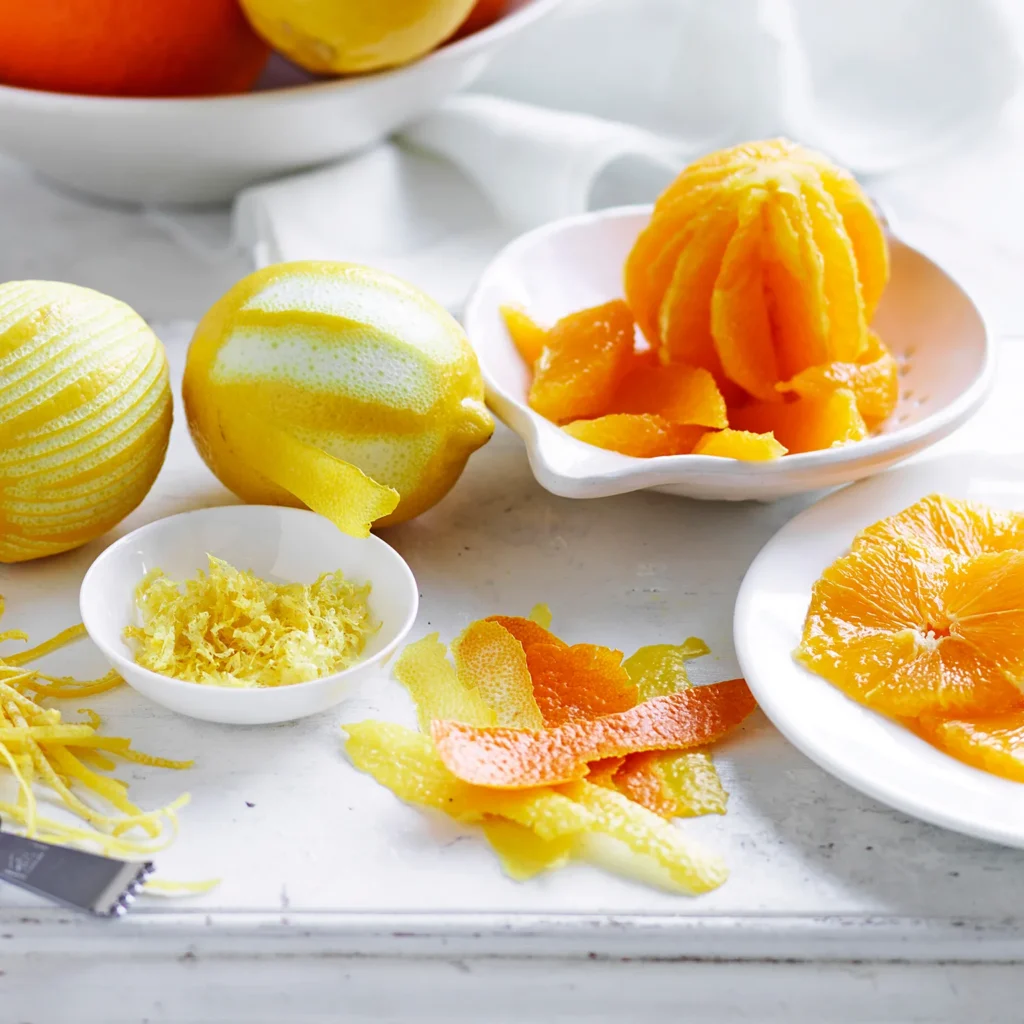
Before diving into country-level production, it’s important to understand what orange zest is and why it’s valuable:
- Orange zest is the colored part of the peel from oranges. It contains volatile essential oils and natural flavor compounds that are intensely aromatic and flavorful.
- Zest is different from the white pith beneath the peel, which is bitter and not typically used in culinary or industrial applications.
- It’s extracted manually in culinary use or through mechanical scraping and drying processes at an industrial scale.
Uses of orange zest include:
- Baking and confectionery (cakes, cookies, glazes)
- Flavoring for beverages and liqueurs
- Aromatherapy and essential oils
- Cosmetics and skincare products
- Natural cleaning agents
Global Context of Orange Production

Since orange zest is derived from oranges, orange production data provides strong insight into potential zest output. According to the Food and Agriculture Organization (FAO), global orange production has been hovering around 75–80 million metric tons annually.
Top Orange-Producing Countries (by volume):
- Brazil – ~17–18 million metric tons/year
- India – ~10 million metric tons/year
- China – ~7–8 million metric tons/year
- United States – ~4–5 million metric tons/year
- Mexico – ~4 million metric tons/year
These countries are primary candidates for industrial-scale zest production, but not all of them process zest for global trade. The critical factor lies in industrial processing infrastructure and export capability, where Brazil shines.
Why Brazil Is the Largest Orange Zest Producer
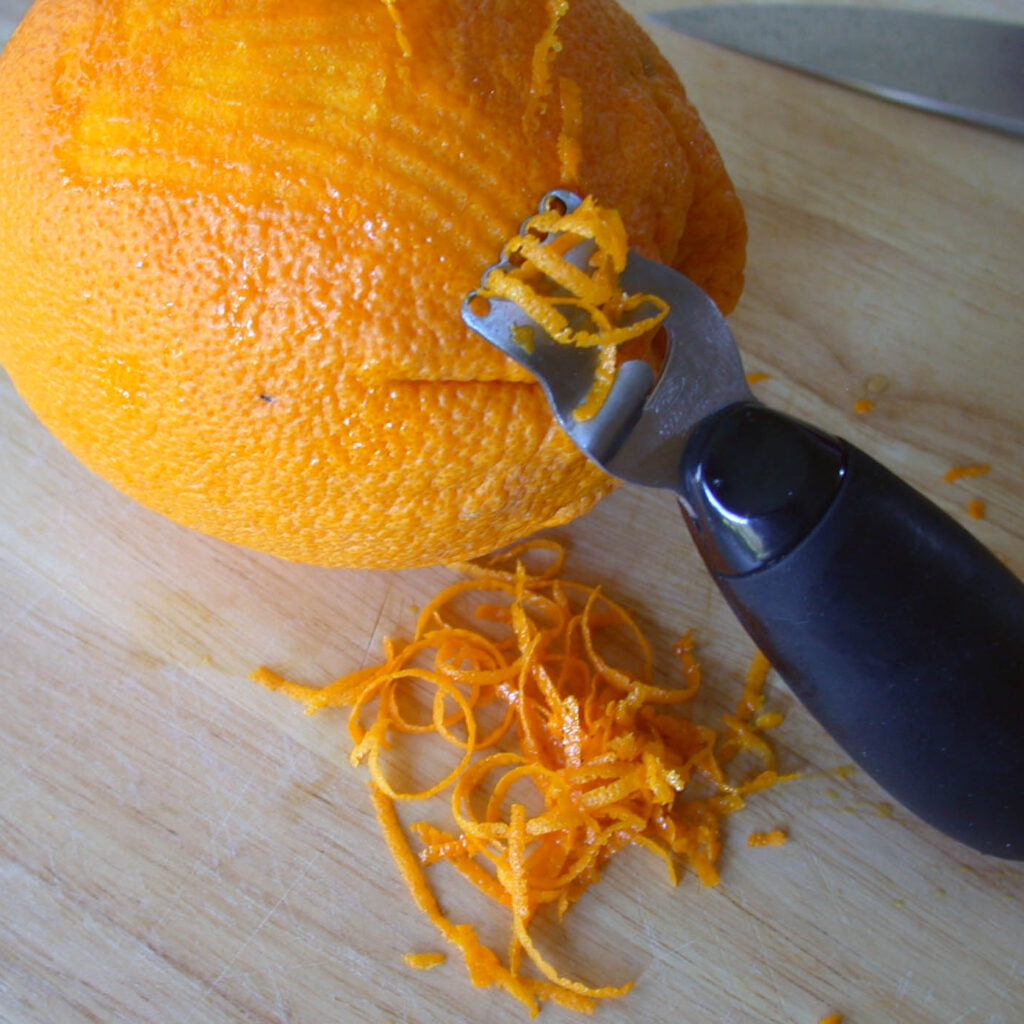
1. Leading in Orange Production
Brazil produces over 30% of the world’s oranges, with the majority cultivated in São Paulo state. This alone gives Brazil a massive advantage when it comes to sourcing raw material for zest production.
2. Advanced Citrus Processing Industry
Brazil is also the world’s largest orange juice exporter, and the juice industry plays a critical role in zest production. During juice extraction, peels are collected and processed into several by-products, including:
- Dried orange zest
- Essential oils
- Citrus pectin
- Animal feed
Leading Brazilian companies like Citrosuco, Cutrale, and Louis Dreyfus process millions of tons of oranges every year. Their operations are optimized for full utilization of the fruit, with state-of-the-art facilities for drying, oil extraction, and zest separation.
3. Export-Oriented Infrastructure
Brazil exports not just juice and pulp, but also by-products like orange oil, zest powder, and citrus extracts to Europe, North America, and Asia. The zest is sold to:
- Flavoring companies
- Beverage manufacturers
- Cosmetic and perfumery brands
- Pharmaceutical companies
Brazil’s logistical infrastructure for citrus exports—including port facilities, quality control, and regulatory compliance—helps it lead the zest market globally.
How Orange Zest Is Produced in Brazil
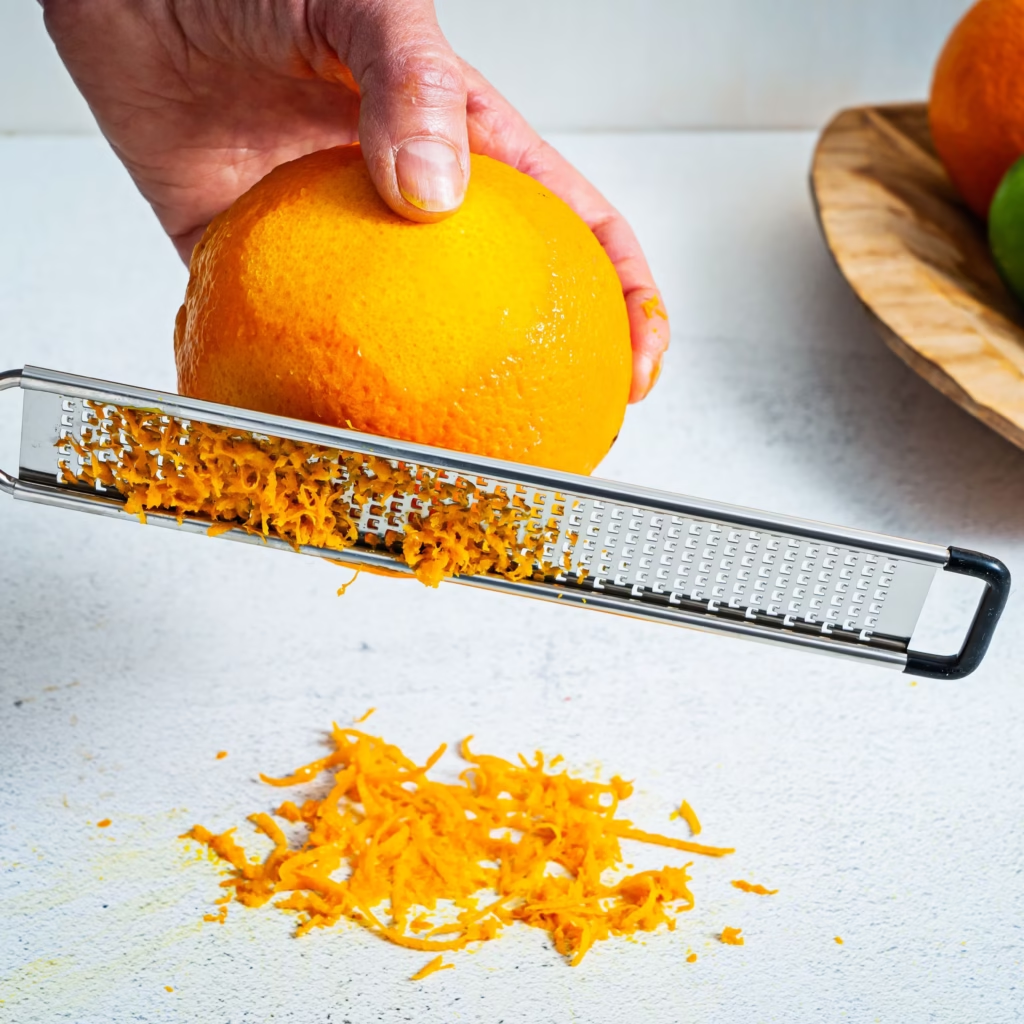
Industrial production of orange zest typically involves:
- Collection of Orange Peels: After juice is extracted, peels are separated from pulp and inspected for quality.
- Washing and Sanitization: Peels are cleaned using food-grade agents to eliminate microbial risks.
- Zest Extraction: Mechanical peelers or grating drums remove the outer layer of the peel.
- Drying and Milling: The zest is then dehydrated using hot-air drying tunnels or freeze dryers. It may be further ground into fine powder for easy packaging and transport.
- Packaging: Zest is packed in vacuum-sealed or nitrogen-filled containers to retain aroma and shelf-life.
Other Major Players in the Global Zest Market
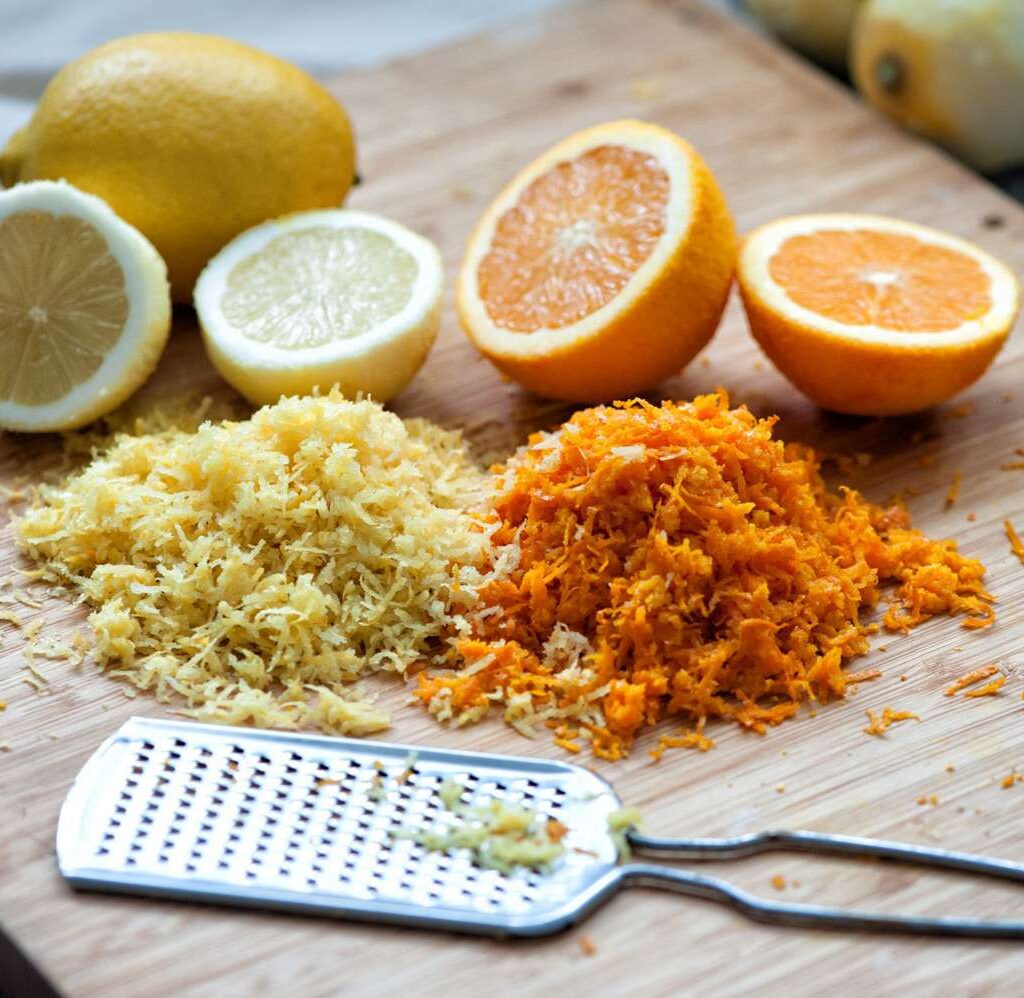
1. United States
The U.S., particularly Florida and California, is a major player in the orange industry and has developed a strong zest and essential oil export market. Companies like Florida Chemical Company produce food-grade and fragrance-grade zest products for domestic and international use.
2. Spain
Spain is the EU’s largest citrus producer and a key exporter of orange zest and orange-derived flavorings. Spanish producers focus on organic and non-GMO zest products for gourmet and health-conscious markets.
3. Italy
Known for its high-quality citrus, particularly from Sicily, Italy produces premium zest for artisanal and luxury markets, including limoncello, essential oils, and cosmetics.
4. Mexico
Mexico ranks high in orange production and has a rapidly growing citrus-processing industry. It supplies orange derivatives including zest and oil, especially to the U.S. market.
Key Applications of Brazilian Orange Zest in Global Industries
- Food & Beverage: Used in cakes, cookies, marmalades, and soft drinks.
- Pharmaceuticals: Natural flavoring in syrups, lozenges, and supplements.
- Fragrances & Cosmetics: Zest-derived oil is used in perfumes, lotions, and creams.
- Cleaning Products: Natural citrus-scented detergents and deodorizers use zest-based oils.
Challenges in Orange Zest Production
While Brazil dominates, the industry faces several challenges:
- Climate Risks: Drought, citrus greening disease (HLB), and hurricanes can disrupt harvests.
- Labor Costs: Harvesting and zesting can be labor-intensive; automation is needed.
- Sustainability: Environmental concerns are prompting greener production processes.
Brazil has addressed many of these issues with R&D, investment in disease-resistant crops, and integration of sustainable practices.
The Future of Orange Zest Production
The demand for natural ingredients is rising globally. Consumers are moving away from synthetic flavorings, which positions orange zest—especially from organic sources—as a high-demand commodity.
Brazil is expected to maintain its leadership due to:
- High orange production capacity
- Fully integrated processing industries
- Competitive pricing and global supply chain expertise
However, other countries like the U.S., Spain, and India may increase their zest output with targeted investments and rising domestic demand.
Conclusion
Brazil stands as the largest producer of orange zest in the world, driven by its dominant position in orange cultivation and advanced zest extraction facilities. The country’s zest industry is intricately linked with its booming orange juice sector, making full use of every part of the fruit.
From citrus groves in São Paulo to bakery shelves in Europe and Asia, Brazilian orange zest is an invisible but powerful force in the global flavor market. As the world continues to prioritize clean-label and natural food ingredients, orange zest—especially from Brazil—will remain in high demand.
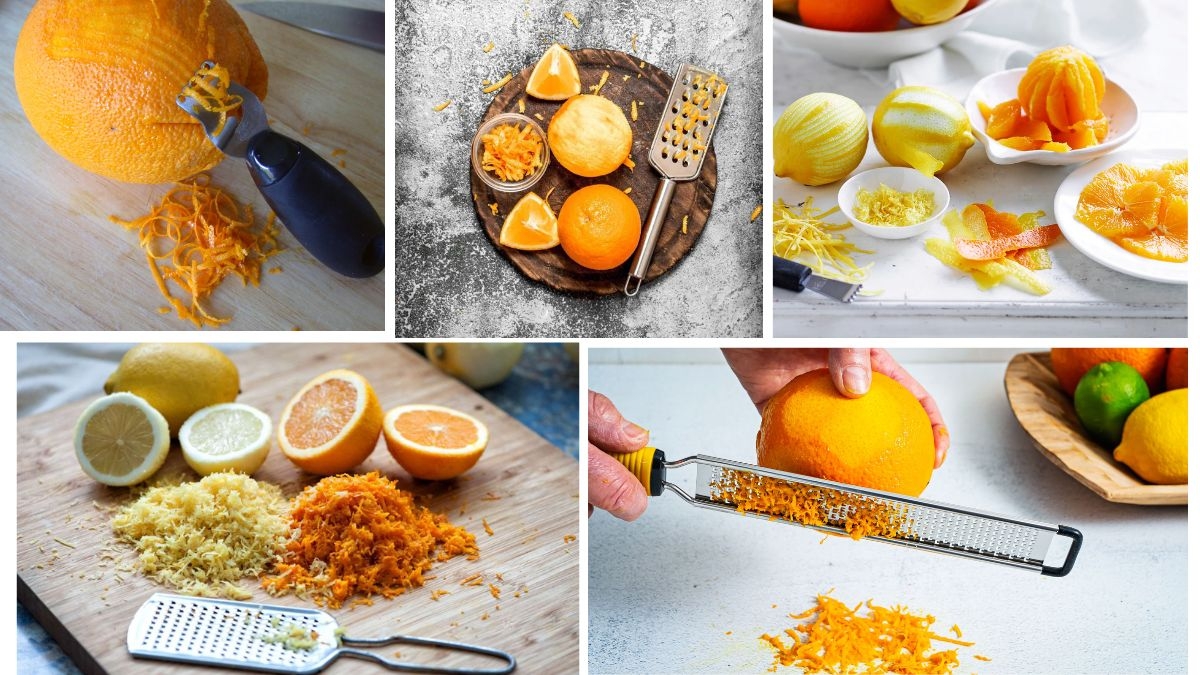


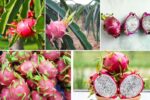

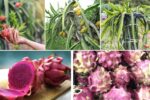
Leave A Comment